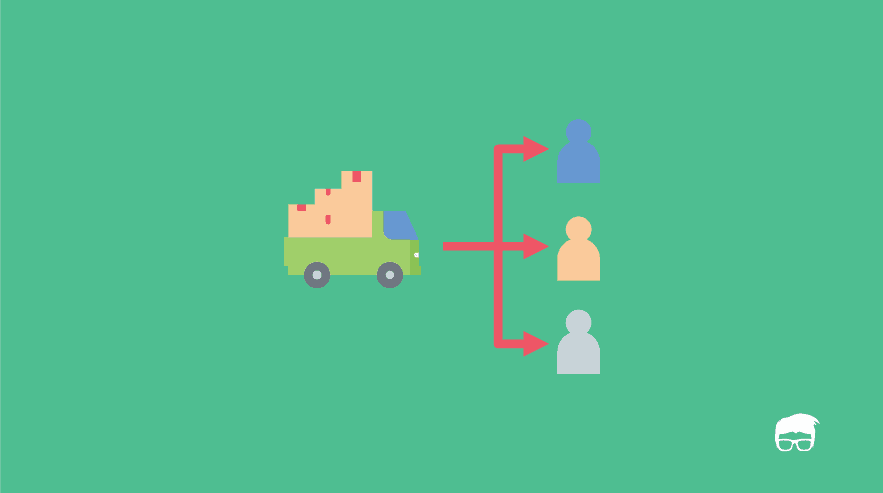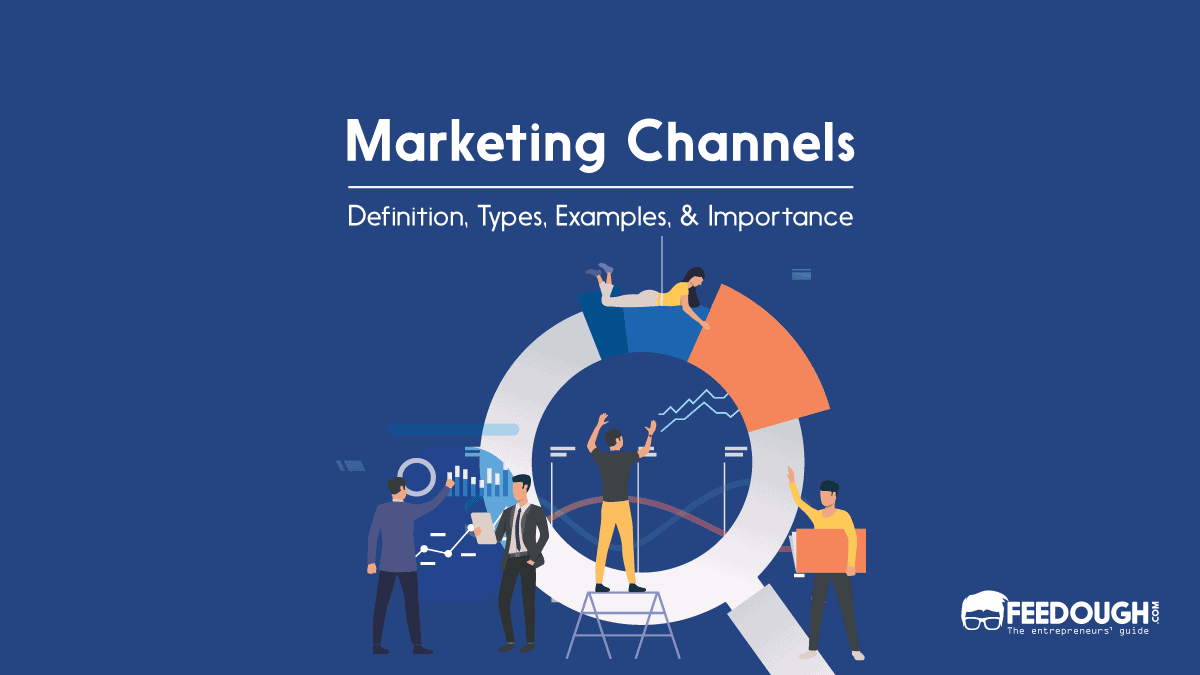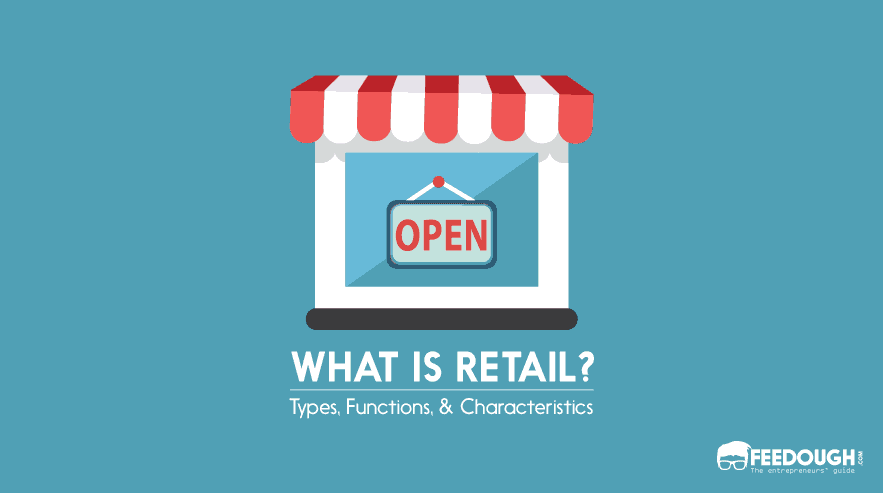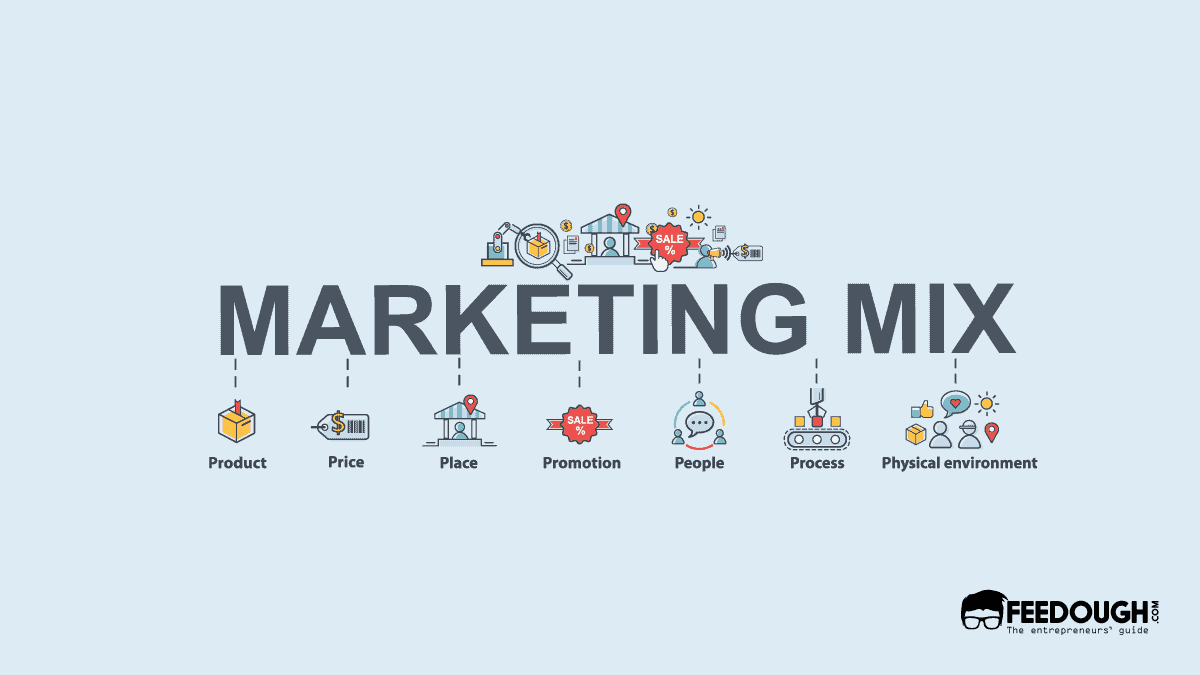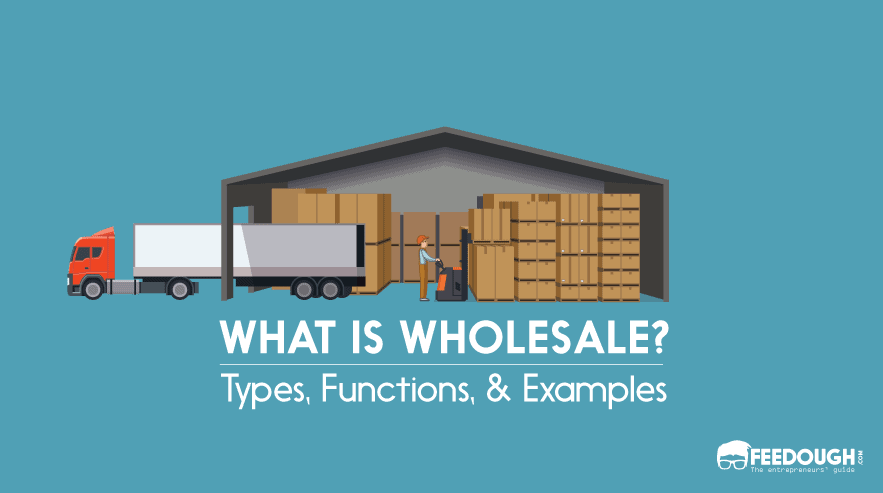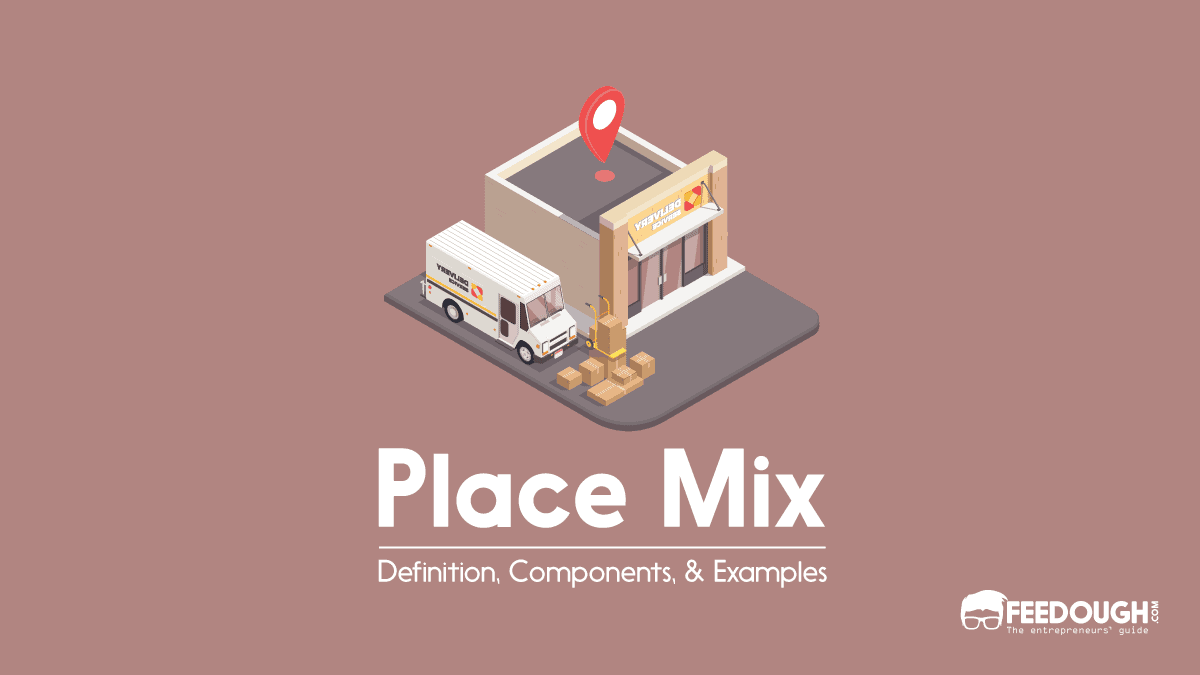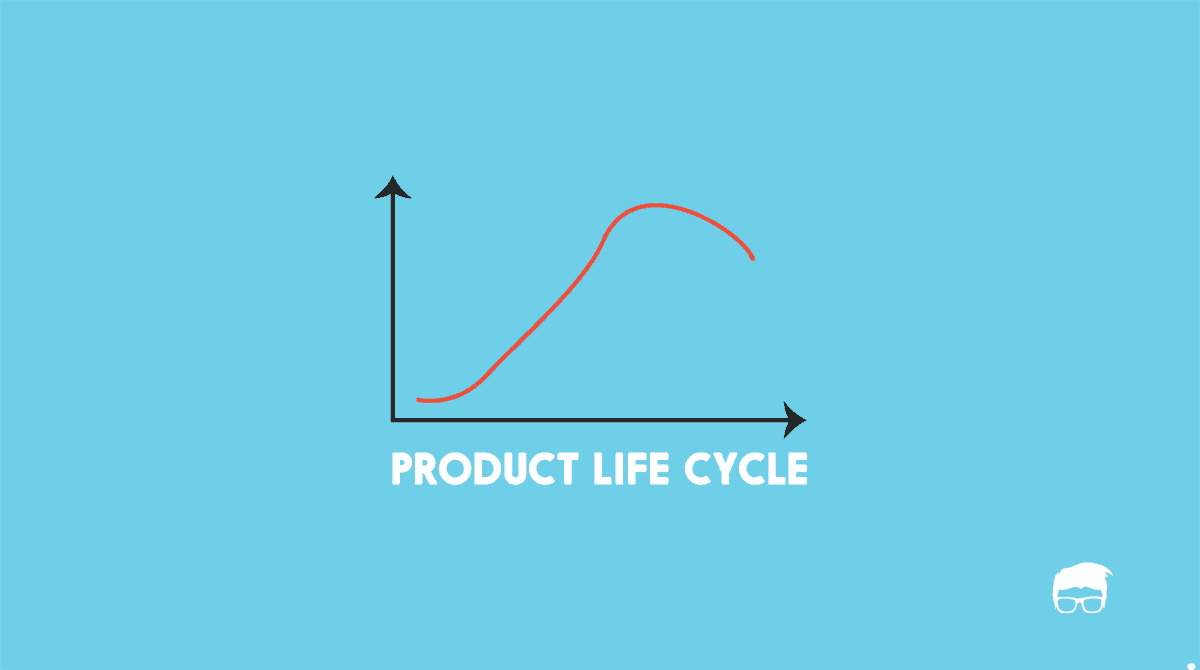Product’s availability, ease of access, and the way it reaches the customer influence its demand at many levels. Distribution channels are a key element in all the marketing strategies that revolve around the product. They help businesses reach their customer in a way to maximise their revenue and brand awareness.
What is a Distribution Channel?
A distribution channel is a path or route decided by the company to deliver its good or service to the customers. The route can be as short as a direct interaction between the company and the customer or can include several interconnected intermediaries like wholesalers, distributors, retailers, etc.
Hence, a distribution channel can also be referred to as a set of interdependent intermediaries that help make a product available to the end customer.
Functions of Distribution Channels
In order to understand the importance of distribution channels, businesses need to understand that it doesn’t just bridge the gap between the producer of a product and its user.
Distribution channels provide time, place, and ownership utility. They make the product available when, where, and in which quantities the customer wants. But other than these transactional functions, distribution channels are also responsible to carry out the following functions:
- Logistics and Physical Distribution: Distribution channels are responsible for the assembly, storage, sorting, and transportation of goods from manufacturers to customers.
- Facilitation: Channels of distribution even provide pre-sale and post-purchase services like financing, maintenance, information dissemination and channel coordination.
- Creating Efficiencies: This is done in two ways: bulk breaking and creating assortments. Wholesalers and retailers purchase large quantities of goods from manufacturers but break the bulk by selling a few at a time to many other channels or customers. They also offer different types of products in a single place which is a huge benefit to customers as they don’t have to visit different retailers for different products.
- Sharing Risks: Since most of the channels buy the products beforehand, they also share the risk with the manufacturers and do everything possible to sell it.
- Marketing: Distribution channels are also called marketing channels because they are among the core touchpoints where many marketing strategies are executed. They are in direct contact with the end customers and help the manufacturers in propagating the brand message and product benefits and other benefits to the customers.
Types Of Distribution Channels
Channels of distribution can be divided into direct channel and indirect channels. Indirect channels can further be divided into one-level, two-level, and three-level channels based on the number of intermediaries between manufacturers and customers.
Direct Channel Or Zero-level Channel (Manufacturer to Customer)
Direct selling is one of the oldest forms of selling products. It doesn’t involve the inclusion of an intermediary and the manufacturer gets in direct contact with the customer at the point of sale. Some examples of direct channels are peddling, brand retail stores, taking orders on the company’s website, etc. Direct channels are usually used by manufacturers selling perishable goods, expensive goods, and whose target audience is geographically concentrated. For example, bakers, jewellers, etc.
Indirect Channels (Selling Through Intermediaries)
When a manufacturer involves a middleman/intermediary to sell its product to the end customer, it is said to be using an indirect channel. Indirect channels can be classified into three types:
One-level Channel (Manufacturer to Retailer to Customer)
Retailers buy the product from the manufacturer and then sell it to the customers. One level channel of distribution works best for manufacturers dealing in shopping goods like clothes, shoes, furniture, toys, etc.
Two-Level Channel (Manufacturer to Wholesaler to Retailer to Customer)
Wholesalers buy the bulk from the manufacturers, break it down into small packages and sell them to retailers who eventually sell them to the end customers. Goods that are durable, standardised and somewhat inexpensive and whose target audience isn’t limited to a confined area use two-level channel of distribution.
Three-Level Channel (Manufacturer to Agent to Wholesaler to Retailer to Customer)
Three-level channel of distribution involves an agent besides the wholesaler and retailer who assists in selling goods. These agents come in handy when goods need to move quickly into the market soon after the order is placed. They are given the duty to handle the product distribution of a specified area or district in return for a certain percentage of commission.
The agents can be categorised into super stockists and carrying and forwarding agents. Both these agents keep the stock on behalf of the company.
Super stockists buy the stock from manufacturers and sell them to wholesalers and retailers in their area. Whereas, carrying and forwarding agents work on a commission basis and provide their warehouses and shipment expertise for order processing and last-mile deliveries.
Manufacturers opt for a three-level channel when the userbase is spread all over the country and the demand for the product is very high.
Dual Distribution
When a manufacturer uses more than one distribution channel simultaneously to reach the end-user, he is said to be using the dual distribution strategy. They may open their own showrooms to sell the product directly while at the same time use internet marketplaces and other retailers to attract more customers.
A perfect example of goods sold through dual distribution is smartphones.
Distribution Channels for Services
Unlike tangible goods, services can’t be stored. But this doesn’t mean that all the services are always delivered using the direct channels.
With the advent of the internet, online marketplaces, the aggregator business model, and the on-demand business model, even services now use intermediaries to reach the final customers.
The Internet as a Distribution Channel
The internet has revolutionised the way manufacturers deliver goods. Other than the traditional direct and indirect channels, manufacturers now use marketplaces like Amazon (Amazon also provide warehouse services for manufacturers’ products) and other intermediaries like aggregators (Uber, Instacart) to deliver the goods and services. The internet has also resulted in the removal of unnecessary middlemen for products like software which are distributed directly over the internet.
Factors Determining the Choice of Distribution Channels
Selection of the perfect distribution channel is tough. It is among those few strategic decisions which either make or break a company.
Even though direct selling eliminates the intermediary expenses and gives more control in the hands of the manufacturer, it adds up to the internal workload and raises the fulfilment costs. Hence these four factors should be considered before deciding whether to opt for the direct or indirect distribution channel.
Market Characteristics
This includes the number of customers, their geographical location, buying habits, tastes and capacity and frequency of purchase, etc.
Direct channels suit businesses whose target audience lives in a geographically confined area, who require direct contact with the manufacturer and are not that frequent in repeating purchases.
In cases of customers being geographically dispersed or residing in a different country, manufacturers are suggested to use indirect channels.
The buying patterns of the customers also affect the choice of distribution channels. If customers expect to buy all their necessities in one place, selling through retailers who use product assortment is preferred. If delivery time is not an issue, if the demand isn’t that high, the size of orders is large or if there’s a concern of piracy among the customers, direct channels are suited.
If the customer belongs to the consumer market, longer channels may be used whereas shorter channels are used if he belongs to the industrial market.
Understanding consumer behaviour is essential for deciding the most effective distribution channel for the business.
Short Channels | Long Channels |
|---|---|
The offering is targeted at business users. | The offering is targeted to consumers and non-business users. |
The customers are geographically concentrated. | The customers are geographically dispersed. |
Customers require extensive technical knowledge. | Customers don’t require extensive technical knowledge. |
Regular servicing is required for the offering to operate. | Regular servicing is not required for the offering to operate. |
The order quantity is large. | The order quantity is small. |
Product Characteristics
Product cost, technicality, perishability and whether they are standardised or custom-made play a major role in selecting the channel of distribution for them.
Perishable goods like fruits, vegetables and dairy products can’t afford to use longer channels as they may perish during their transit. Manufacturers of these goods often opt for direct or single-level channels of distribution. Whereas, non-perishable goods like soaps, toothpaste, etc. require longer channels as they need to reach customers who reside in areas that are geographically diverse.
If the nature of the product is more technical and the customer may require direct contact with the manufacturer, direct channels are used. Whereas, if the product is fairly easy to use and direct contact makes no difference to the number of sales, longer channels are used.
The per-unit value of the product also decides whether the product is sold through a direct channel or through an indirect channel. If the unit value is high like in the case of jewellery, direct or short channels are used, whereas products like detergents whose unit value is low use longer channels of distribution.
Short Channels | Long Channels |
|---|---|
Product is perishable. | Product is durable. |
Product is complex. | Product is standardised. |
Product is expensive. | Product is inexpensive. |
Competition Characteristics
The choice of the distribution channel is also affected by the channel selected by the competitors in the market. Usually, the firms tend to use a similar channel as used by the competitors. But some firms, to stand out and appeal to the consumer, use a different distribution channel than the competitors. For example, when all the smartphones were selling in the retail market, some companies partnered with Amazon and used the scarcity principle to launch their smartphone as Amazon exclusive.
Short Channels | Long Channels |
|---|---|
The competitor uses the direct channels and the manufacturer is satisfied with its performance. | The competitor uses indirect channels and the manufacturer is satisfied with its performance. |
The competitor uses indirect channels and the manufacturer thinks choosing short channels would be more beneficial. | The competitor uses the direct channel and the manufacturer thinks choosing indirect or long channels would be more beneficial. |
Company Characteristics
Financial strength, management expertise, and the desire for control act as important factors when deciding the route the product will take before being available to the end-user.
A company having a large amount of funds and good management expertise (people who have sufficient knowledge and expertise of distribution) can create distribution channels of its own but a company with low financial stability and management expertise have to rely on third-party distributors.
The companies who want to have tight control over the distribution prefer direct channels. Whereas, those companies to whom such control doesn’t matter or those who are just interested in the sales of their products prefer indirect channels.
Short Channels | Long Channels |
|---|---|
Company believes that it’s important to control the channels. | Company believes that channel control isn’t important. |
Company has a broad product line. | Company has a narrow product line. |
Company has adequate resources to perform channel functions. | Company lacks adequate resources to perform channel functions. |
Go On, Tell Us What You Think!
Did we miss something? Come on! Tell us what you think about our article on Distribution Channels in the comments section.
A startup consultant, digital marketer, traveller, and philomath. Aashish has worked with over 20 startups and successfully helped them ideate, raise money, and succeed. When not working, he can be found hiking, camping, and stargazing.
